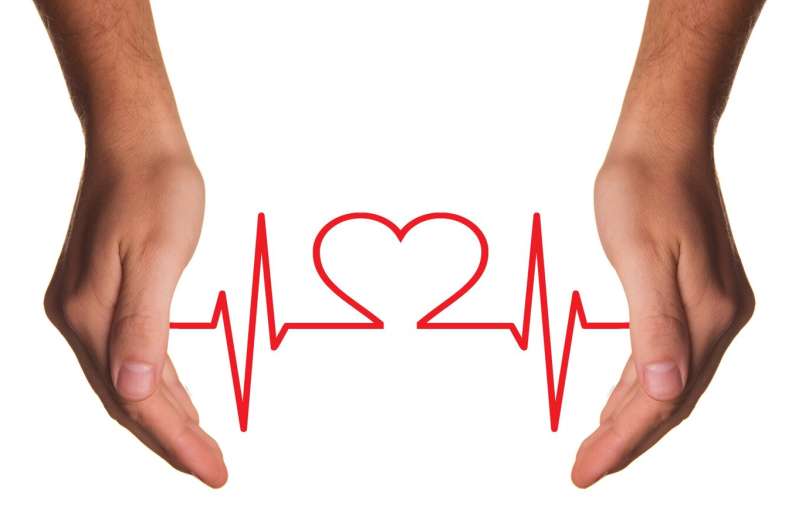New Research Uncovers How Kidneys Maintain Functional Balance Between Left and Right

A new study from the University of Tsukuba reveals the molecular mechanisms behind how the left and right kidneys maintain functional balance, emphasizing the role of angiotensin II in renal counterbalance and disease progression.
Researchers from the University of Tsukuba have introduced a groundbreaking mouse model that enables targeted investigation of kidney dysfunction, specifically affecting only one kidney. This innovative approach helped uncover the molecular mechanisms underlying the phenomenon known as "renal counterbalance," where the left and right kidneys work actively to maintain structural and functional equilibrium.
The kidneys play a crucial role in filtering blood and eliminating waste products from the body. Typically, if one kidney sustains injury or ceases to function properly, the other compensates by increasing its workload, a process termed renal counterbalance. Although this adaptive response has been known for some time, its detailed mechanistic understanding has remained limited.
In their recent study, published in the Proceedings of the Japan Academy, Series B, the scientists developed a specialized 2K1N mouse model by selectively damaging podocytes—specialized epithelial cells on the glomerular surface—of one kidney. This targeted damage resulted in decreased blood flow to the affected kidney over time, and the proteinuria (excess protein in urine) associated with this damage gradually subsided. Meanwhile, the healthy kidney compensated by maintaining water balance and blood pressure, thereby preserving overall systemic stability.
In contrast, when both kidneys were equally damaged in a 2K2N model, blood flow imbalance and worsening conditions such as edema and proteinuria were observed. Molecular analyses using the 2K1N model revealed that levels of angiotensin II—a hormone that influences blood pressure—varied significantly between the healthy and damaged kidneys. This local imbalance of angiotensin II caused reduced blood flow and glomerular atrophy in the injured kidney, highlighting a pivotal role of hormonal regulation in inter-kidney communication.
These findings suggest that the functional competition and imbalance in hormone production, especially angiotensin II, are central to the regulation of renal counterbalance. Understanding this mechanism offers new insights into kidney disease progression and potential therapeutic targets.
This research advances our comprehension of how the kidneys work together to preserve systemic health and highlights the importance of local hormonal regulation mechanisms in maintaining renal and cardiovascular stability.
Stay Updated with Mia's Feed
Get the latest health & wellness insights delivered straight to your inbox.
Related Articles
Urgent Action Needed to Bridge the Gender Disparity in Heart Attack Care, Study Warns
New research highlights the urgent need to address gender disparities in heart attack treatment in Australia, with projections indicating the gap may take a decade to close without immediate action.
Artificial Intelligence Outperforms Doctors in Predicting Surgical Complications
Advanced AI models analyzing routine ECG tests can now predict postoperative complications with greater accuracy than traditional methods, potentially revolutionizing surgical risk assessment.
Long-Term Exercise Shows Potential to Rewire Brain Connections in Parkinson's Disease
Long-term exercise may help restore brain connections in Parkinson's disease by promoting neural plasticity, as recent studies reveal potential rewiring of affected neural circuits through sustained physical activity.



